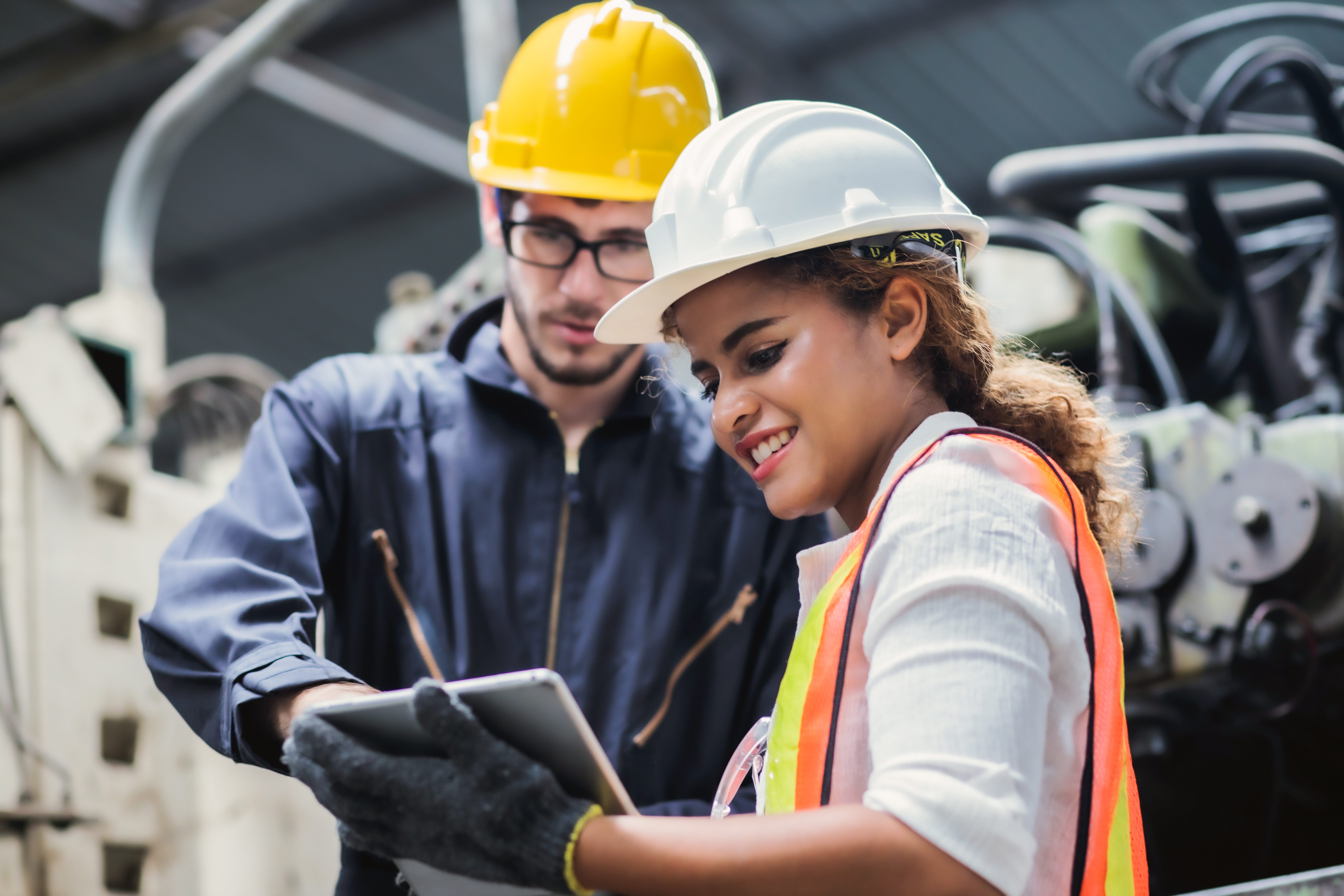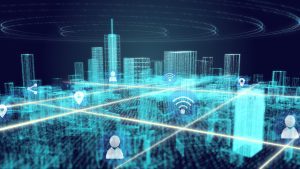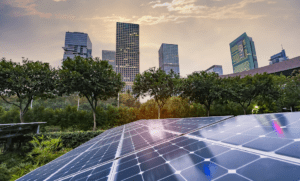Climate change is the single biggest challenge we face. And while there is growing pressure for businesses to lead the way in sustainability, ultimately, the scale of the climate conundrum is more than any single company or even country can tackle alone. After all, it requires fundamental changes to the way we operate on a global level.
Our current greenhouse gas emissions (GHG) suggest we are on the path to a 3.5°C temperature rise, which will lead to devastating climate breakdown. To have any chance of limiting that rise to 1.5°C, we need to work together to reach net-zero emissions globally by 2050. That requires a comprehensive energy transition that makes fossil fuel consumption at scale a thing of the past.
The means toward this transition can be found in partnerships. After all, we achieve more when we work together. Passionate about competitive sailing, I am well aware of the potential of cooperation. On a sailboat, the difference between a capable crew working together and individuals acting in isolation is worlds apart; work well together, and you have the wind in your sails but fail to collaborate, and you will drift aimlessly or even risk your safety.

Innovation in partnership
Alliances and partnerships can pave the way to a greener future through innovative technological advancements in the electrical distribution sector. Partnerships empower us to learn and achieve more than we could on our own, so creating a whole ecosystem of partners is the best way to nurture innovation on the scale necessary to tackle climate change.
There is a groundswell of sentiment behind this move toward collaboration. Indeed, a recent study conducted by IDC on behalf of Schneider Electric found that the perceptions of co-creation have shifted from 26% of our channel partners thinking it was necessary in 2018 to 64% agreeing it mattered in 2020 – a 38 point increase. As more people wake up to the co-creative potential of partnerships, we will see more innovation.
While there is a growing consensus that partnerships are the best way to find new electrical distribution solutions, we also need to consider how we measure the output of our collaborations. New metrics drive partner success and an increased focus on long-term customer relationships predicated on trust. Fortunately, here too, sustainability takes center stage: 60% of our partners now incorporate sustainability metrics into their RFPs when selecting partners.
Complexity demands reliability
There is an elephant in the room, however. As we develop more and more advanced electricity distribution solutions, the need for reliable equipment will also increase. As business operations become more digital – and more complicated – high-quality, resilient power distribution is non-negotiable.
The alternatives are unplanned downtime and electrical safety issues, which can be devastating. The European Fire Academy (EFA) estimates that 25% of building fires are electrical in origin, and such incidents cost an estimated $3 billion plus of damage to non-residential structures in the United States and Europe every year, according to the National Fire Protection Association (NFPA) and the European Fire Safety Alliance (EFSA). Of course, there is the potential for the loss of life, too.
In turn, the costs associated with downtime are huge, whether outages take place in an organization’s headquarters or distributed edge environments. Data centers are perhaps the most costly places to go dark – in 2020, the Uptime Institute found that nearly one in six operators who reported outages had to cover costs of more than $1 million per outage, up from one in ten in 2019.
Collaborative problem solving
But together, we can anticipate and proactively mitigate issues before they become significant problems. Carefully planned partnerships allow us to prioritize safety, creating robust solutions that are less vulnerable to disruption and potential business losses.
Arup, an independent construction firm, is one partner that was particularly aware of the cybersecurity risks associated with a large network of connected Internet of Things (IoT) devices. This concern is well-founded: a Cisco report found that 31% of organizations have experienced cyberattacks on operational technology infrastructure. Luckily, with the right “always-on” system architectures and best-in-class hardware, the risk of attacks can be dramatically reduced.
Surbana Technologies, which specializes in smart city solutions, has also looked to partnerships to deliver impactful projects in a post-COVID world. Partnerships help Surbana Technologies create innovative solutions. These include platforms that enable city-dwellers to share information and feedback to inform the ongoing development of smart cities, making the latter more resilient and sustainable. Using Artificial Intelligence (AI) technology, the data collected from IoT devices can inform this optimization, even allowing operators to predict risks to electrical distribution systems.
Power to the partners
We can’t predict the future, but we can be ready for it with a network of agile partners and a set of innovative solutions that improve the resilience and sustainability of our electrical distribution systems. As we work together to stop climate change, we need to also find ways to improve the quality and reliability of these fundamental networks – it’s the best chance we have of creating a more sustainable, electrified world. Learn more about our vision for Partnerships of the Future.



